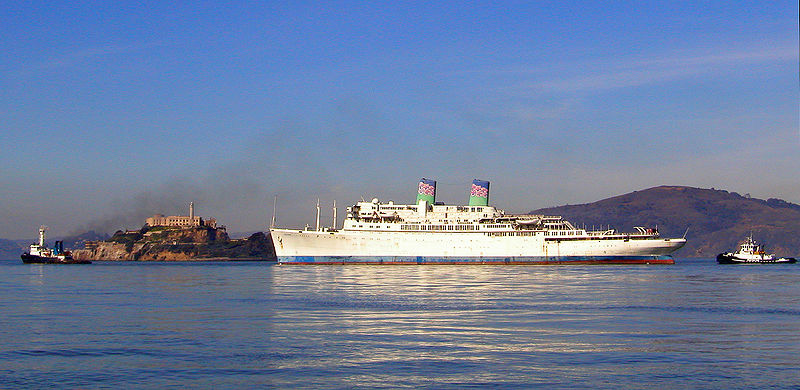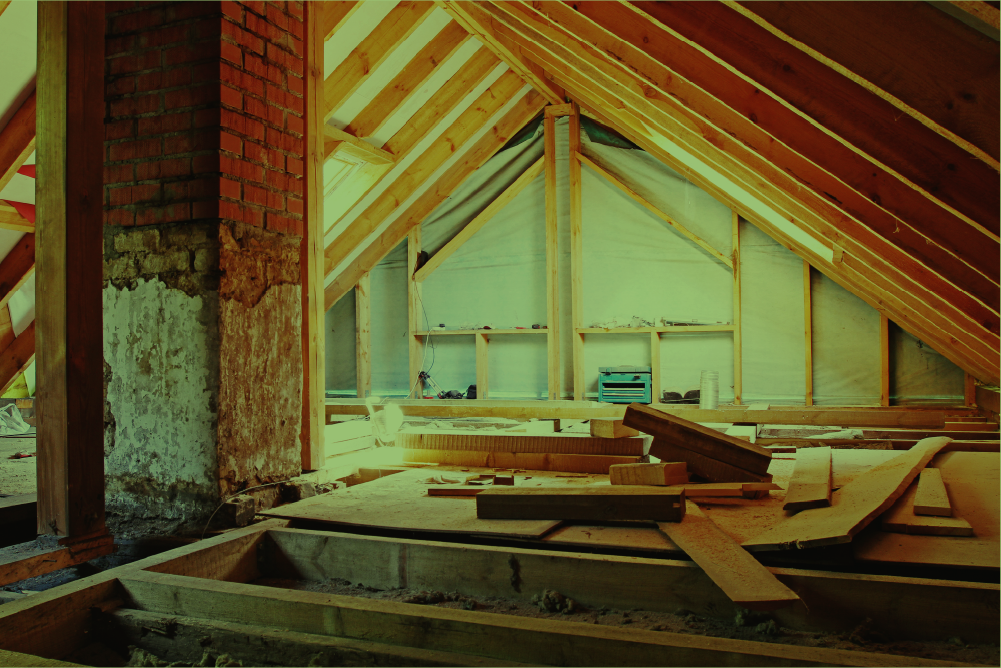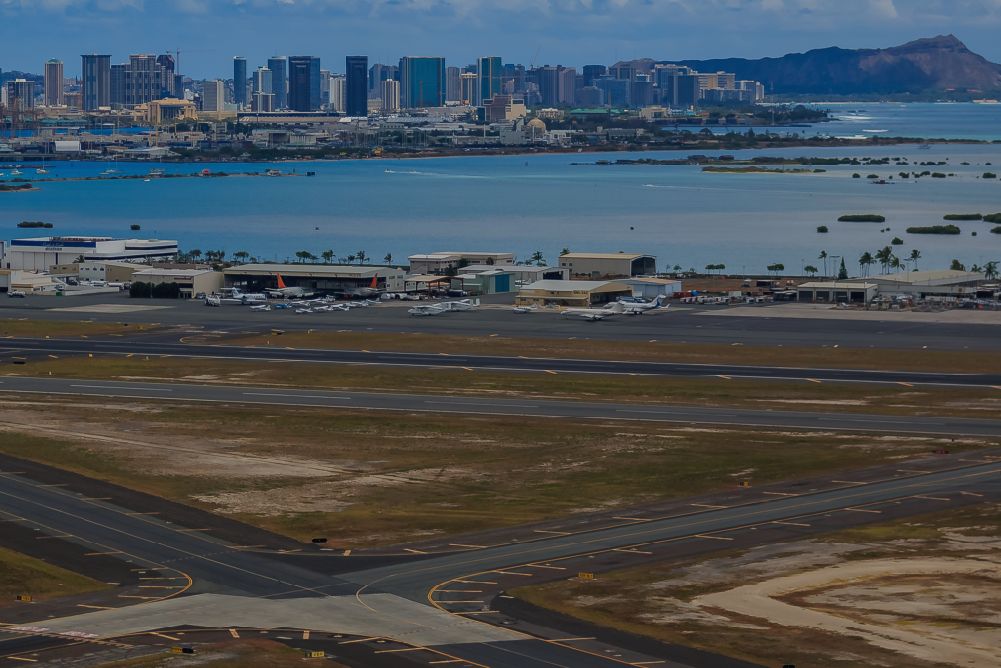Toxic asbestos insulating products are no longer used in the construction of U.S. Navy or commercial ships, but the hazards of asbestos live on. Hundreds of Navy and commercial ships built in the United States prior to the mid 1970s incorporated toxic substances, including polychlorinated biphenyls (PCBs), lead, and asbestos, that must be carefully handled when these ships are dismantled for scrap recycling at the end of their useful lives.
The stakes are high in the ship breaking industry. A single ship can be worth $5 million in scrap steal and there are the many subsidiary businesses that thrive on the dismantling of the various parts of the ship, including its furniture, fittings and machinery. There was a substantial ship breaking business in the U.S., but strict regulations regarding the disposal of hazardous substances have lead some ship owners to circumvent these requirements and send their ships to foreign ship breaking yards.
Reportedly half of the ships from around the world that need to be dismantled end up in Alang, a town in the state of Gujarat, India, known as the center of India’s ship breaking industry. Significant controversy has surrounded the Alang yards related to the hazardous working conditions, the poor living conditions, and the environmental impact related to the ship breaking industry. Nevertheless ship owners continue to go to extremes to have their ships dismantled there.
SS Independence Laden With Toxic Materials Reaches Alang

SS Independence
One of the most recent instances involves a well-known luxury liner, the SS Independence that was built in 1951 at the Bethlehem Quincy Shipyard in Massachusetts. She operated for many decades as a cruise ship and spent the last part of her life sailing in the Hawai‘ian Islands. After her owners declared bankruptcy in 2001, she was moth balled in San Francisco Bay at Pier 70. In February 2008, however, she was towed away amid speculation that she was headed to Alang, India to be dismantled.
Environmental groups that keep a watchful eye on old ships containing hazardous materials did not let this situation go unnoticed. Claims were made by the Basel Action Network (BAN), an organization that campaigns against the illicit movement of hazardous waste, that this ship never should have been allowed to leave San Francisco because the export of the PCB-ladened ship was illegal under the Toxic Substances Control Act (TSCA). The 18,500 ton former luxury liner reportedly had 210 tons of PCBs and 250 tons of asbestos as part of its construction materials.
Notwithstanding intervention by the Environmental Protection Agency, the ship ultimately reached Alang under a new name, SS Platinum II. Claims were made that the ship had reached Alang with a falsified flag and ship registry. In response to complaints concerning the presence of hazardous materials, the SS Platinum has been left anchored in the harbor while investigations continue to look into into the toxic substances aboard. Recent reports indicate, however, that the SS Platinum may be allowed into Alang for dismantling, contributing further the hazards associated with the disposal of toxic materials.
High Incidence of Asbestosis in Alang
Although ship breaking may provide much needed jobs in India, these monetary gains come at a very high cost to both workers and the environment. In South Asia, workers dismantle ships with hand tools and without strict regulations in place to prevent their exposure to hazardous substances, including asbestos. According to attorney Gary Galiher, who has handled cases involving asbestos-related diseases for over 30 years, the impact is predictable and devastating:
Given the quantities of asbestos incorporated into these ships when they were built, these unprotected workers are being exposed to high quantities of asbestos dust. We know this will lead to asbestos-related diseases, including asbestosis, lung cancer, and mesothelioma, a rare and fatal lung cancer. It is a travesty that the western industrial world is exporting the hazards of asbestos to other countries that have yet to put into place the needed protections to ensure workers do not become sick.
A 2006 report by a panel appointed by India’s Supreme Court confirmed what attorney Gary Galiher predicts. They found that one in six workers at Alang had signs and symptoms of asbestosis, a scarring of the lungs caused by breathing asbestos. Although the Supreme Court’s report called for reforms in working conditions at Alang, the work at this ship breaking yard goes on. Ship owners continue to export their asbestos hazards to India and to expose uninformed and unprotected workers to this deadly hazard.






